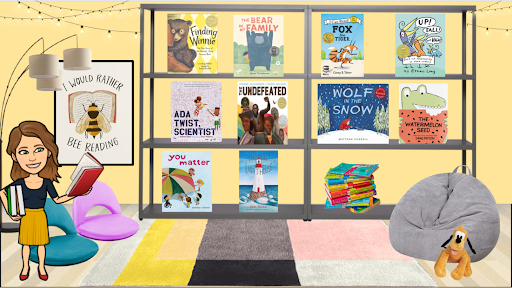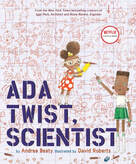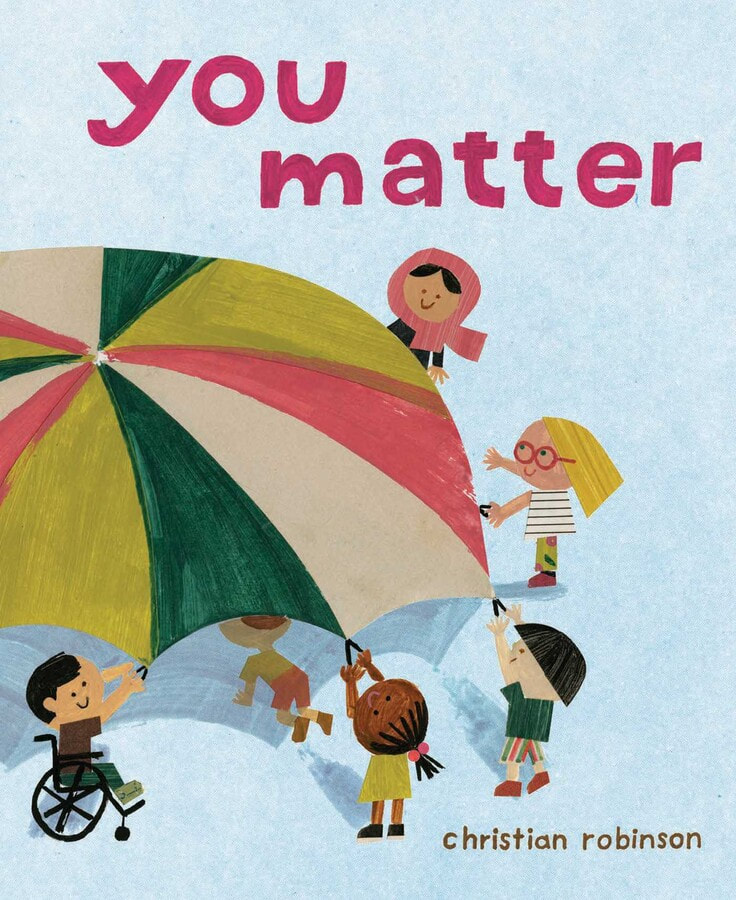By Erin Knauer and Katie Caprino Teaching and learning during COVID-19 has made us all think about our instructional practices and how we prepare future teachers. During the height of remote learning, virtual libraries with teacher read-alouds were erupting left and right. Many teachers gave other teachers complete freedom to use and/or adapt the virtual libraries. In addition, because many publishers made their products more shareable, many teachers would include links to videos of them reading the texts aloud. But with publishers’ rules returning to pre-pandemic times, we asked Is there still a place for virtual libraries? And, we, a future early childhood educator and a literacy teacher educator, say yes. In this blog post, we will share our definition of standards-based virtual libraries, how they can help support preservice teachers as they progress in their development as teachers, and tips for how to build these virtual libraries. What are Standards-Based Virtual Libraries? Literacy standards support the content through academic vocabulary, knowledge building, and engaging in literacy practices as they pertain to the academic grade level of students. Standards-based virtual libraries function as a display of books that are age-appropriate, relevant, and applicable to the standards intended for a literacy-enriched classroom. How Creating Standards-Based Virtual Libraries Help Preservice Teachers? During the pandemic, Katie had her language and literacy development students create YouTube videos of themselves reading books aloud and link these videos to the cover images. She thought that having her students engage in what so many teachers were doing during the height of the remote learning moment gave her students an authentic assignment. However, as copyright permissions about recorded read-alouds have since changed, Katie no longer requires students to link a read-aloud video. (Preservice teachers could still link to publisher-approved read-alouds that do not infringe on any copyright matters.) Still, virtual libraries serve an important role in providing ideas for texts that would make excellent in-class read-alouds. Additionally, these libraries provide a fun way for preservice teachers to organize and arrange books while learning about how to support their students meet state literacy standards and skills. It puts learning about standards in the context of authentic literature. In addition, they provide ideas for books that could be used in small center exploration and can be used as a means by which to provide parents ideas about texts that they may want to read to their children outside of the classroom. Preservice teachers can customize their library to be academically engaging to their students and encourage ample exploration. How Does a Standards-Based Virtual Library Look? Below is a snapshot of a standards-based virtual library Erin created for Katie’s course. Kid-friendly and visually-appealing, Erin’s library includes an original Bitmoji figure and the covers of ten contemporary picture books she selected. Creating a Bitmoji helps preservice teachers envision themselves in the role of teacher and makes the virtual library more personal. If you would like more information about virtual libraries, please see Minero’s Edutopia article “How to Create a Digital Library That Kids Eat Up.” Each of the books below relate to a specific first-grade Pennsylvania state standard.
We acknowledge that Google Slides can be used to create virtual libraries and that attribution can be given for each image added to a virtual library. We also acknowledge that many teachers gave permission to other teachers to use their virtual libraries. We would encourage each teacher educator to think about how to address attribution when assigning virtual libraries. What types of books are featured in Erin's Virtual Library? In the assignment, students were asked to select contemporary picture books (written within the last 10 years) that would help them teach literacy standards at a particular grade level. The chart below documents two books that are featured in Erin's standards-based virtual library to show the types of books that could be included. We acknowledge that each state has its own literacy standards, so rather than identify specific standards met, we consider the overarching literacy skills that could be met by each.
Figure 2. Featured Books in the Virtual Library by Erin Knauer What are Five Tips for Creating Standards-Based Virtual Libraries? After completing the assignment, Erin considered five tips she would recommend to fellow preservice teachers.
We are super excited to see examples of your standards-based virtual libraries! The authors would like to thank the Mellon Foundation for funding for this blog post. Erin Knauer is a junior Early Childhood Education Major and Music Minor at Elizabethtown College. She excitedly looks forward to having her own classroom and continuing to keep up with the latest educational research. She is a member of the Children’s Literature Assembly. Katie Caprino is an Assistant Professor of PK-12 New Literacies at Elizabethtown College. She taught middle and high school English in Virginia and North Carolina. She holds a BA from the University of Virginia, a MA from the College of William and Mary, a MA from Old Dominion University, and a Ph.D. from the University of North Carolina at Chapel Hill. Katie researches and presents on children’s, middle grades, and young adult literature; the teaching of writing; and incorporating technology into the literacy classroom. You can follow her on Twitter at @KCapLiteracy and visit her book blog at katiereviewsbooks.wordpress.com. She is a member of the Children’s Literature Assembly. |
Authors:
|
CLA
About CLA
|
Journal of Children's Literature
Write for JCL
|
ResourcesCLA-sponsored NCTE Position Statements
|
Members-Only Content
CLA Video Library
|
© COPYRIGHT 2018.
ALL RIGHTS RESERVED |




 RSS Feed
RSS Feed